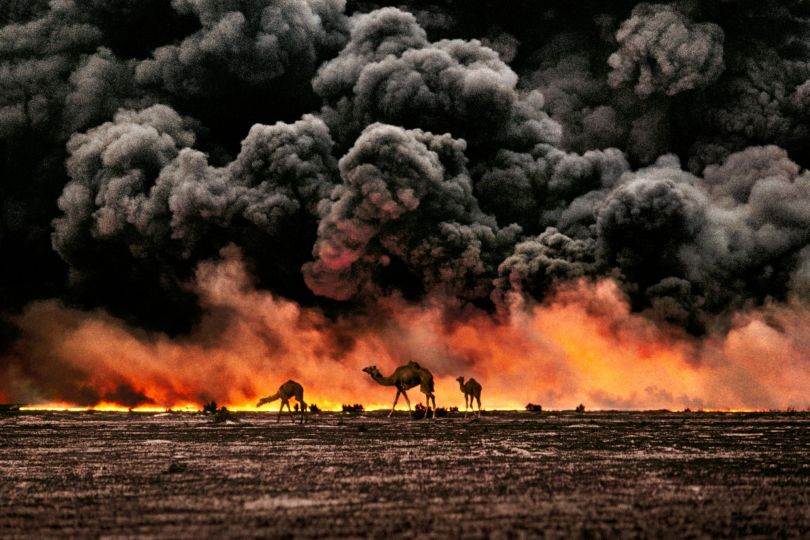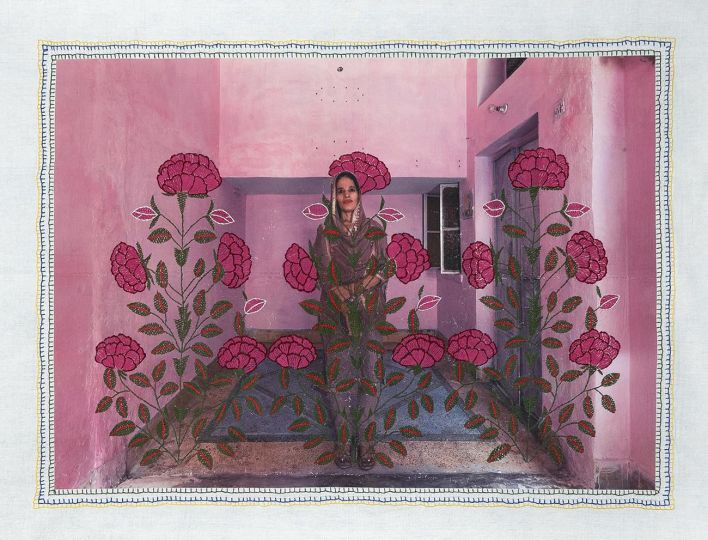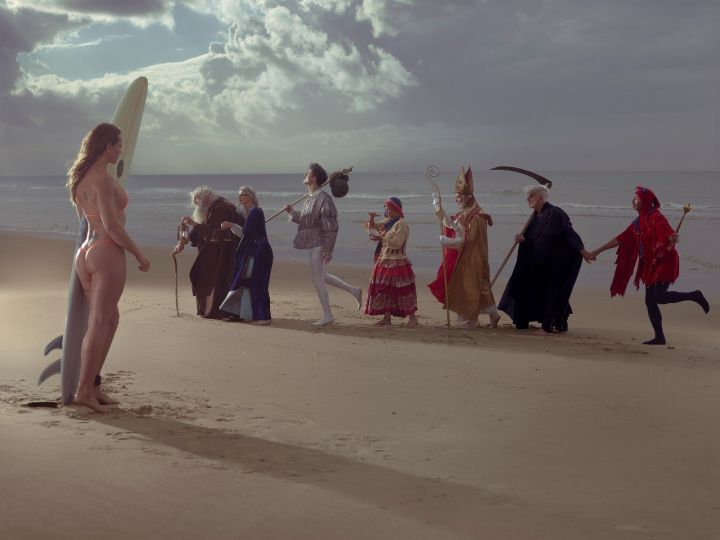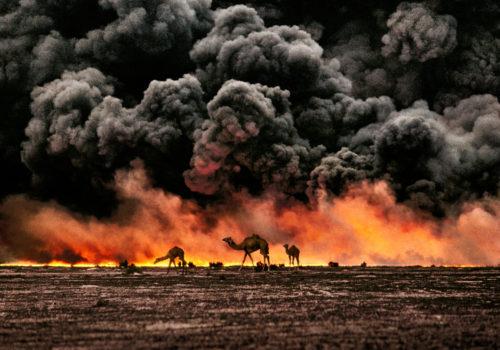Icebergs Frozen in Time by a Portraitist
“One might think these majestic images of massive icebergs were the work of a master landscape photographer.
They are not.
Camille Seaman’s most recent project, “The Big Cloud: The Lovely Monster,” has her chasing supercells on the Great Plains.
They’re the work of an insightful portraitist who is able to capture the distinct nuances of the individual personalities that she sees in what others might consider inanimate monoliths.
“They are like humans in that each one reacts to its environment and its circumstances in its own way,” Camille Seaman, 42, said. “I’ve come across icebergs that were very stalwart and just refused to dissolve or break up. And there were others — massive, massive icebergs — that were like ‘I can’t take it anymore’ and in front of my eyes would just dissolve into the sea. There’s so many unique personalities. There’s a sadness to them.”
Over eight years, Ms. Seaman has encountered, and photographed, each of them as sentient beings. Her passion for icebergs was ignited the moment she first saw one in the Weddell Seaoff the Antarctic coast.
“I remember shaking, seeing this massive thing that was probably, half the size of Manhattan,” Ms. Seaman said. “I had to think that this was one snowflake on top of another snowflake, year after year, for many thousands or millions of years before here it is standing before me.”
The project started long before she saw her first iceberg. When she was a young child, in Suffolk County on Long Island, N.Y., her grandfather, Lester Redfield Seaman, tutored her in how her people, the Shinnecock tribe, saw the natural world around them.
He would take Ms. Seaman and her younger brother, Shane, into the woods and “teach us how to not just see a tree, but to recognize the tree as an individual.”
“To really see its face, its shape in the bark, how its branches go, so that you knew that tree, almost like you know your face, and so that you would never be lost because you would recognize them as sort of your relatives,” she said.
He also taught her how to observe. Every day, from when she was 5 until his death when she was 13, he would make Ms. Seaman and her brother sit outside without moving, for one hour. After an hour, he would call them into the house and ask what they had seen. If they saw clouds that looked like the underside of a fish, it meant rain within 24 hours. A spider crawling across the ground meant there would be no rain that day.
The iceberg project came about purely by accident. Ms. Seaman was to fly on an Alaska Airline flight within California. However, because it was overbooked, she received a free round-trip ticket to anywhere the carrier flew. Although she had no previous desire to go to Alaska, she decided to fly to Kotzebue, on the Bering Strait, where a land bridge is thought to have enabled the first human migration from Asia to the Americas more than 12,000 years ago.
“As I was walking across the ice, I had an experience in which I understood that I was on my planet, that I was made of its material, and that in the scheme of things I meant nothing,” she said, “but the fact that I could even stand there and think about it was a miracle.”
That experience on the ice was confirmation of “everything my grandfather had tried to teach me,” she said.
It also set her on a quest to see more of the Earth’s colder climes and eventually brought her to her project, which she has photographed for eight years. She has, on occasion, observed the same iceberg over several years. In 2005, she saw one that was over 1,100 square miles. Years later and 7,000 miles away, she came across it again; at this point, it was roughly 250 square miles.
As the polar regions have warmed, the glaciers that carry ice to the sea have sped up, causing more icebergs to break off into the ocean. Like ice cubes added to a glass of water, the icebergs raise sea level. Many scientists say the speed-up is one of the consequences of an increase in greenhouse gases caused by human activity.
“I think in a more healthy ecosystem there’s a natural rhythm to this process, but what scientists are seeing is an incredibly accelerated rate of this process,” she said.
Ms. Seaman has connected to her past in a profound way, traveling the world to photograph the icebergs — which she sees as sentient beings — as they die.
“For a long time, I tried to deny that my family had any effect on who I was, or on my identity, or how I perceived the world, but that was naïve and just being very stubborn,” she said.
After completing her project “The Last Iceberg,” she is now involved on another nature-based adventure: photographing supercell storm clouds.
James Estrin
Camille Seaman – The Last Iceberg & The Big Cloud
Until December 1st, 2018
Studio Bizio
20a Raeburn Place
Edinburgh
EH4 1HN
44 131 466 2145
















